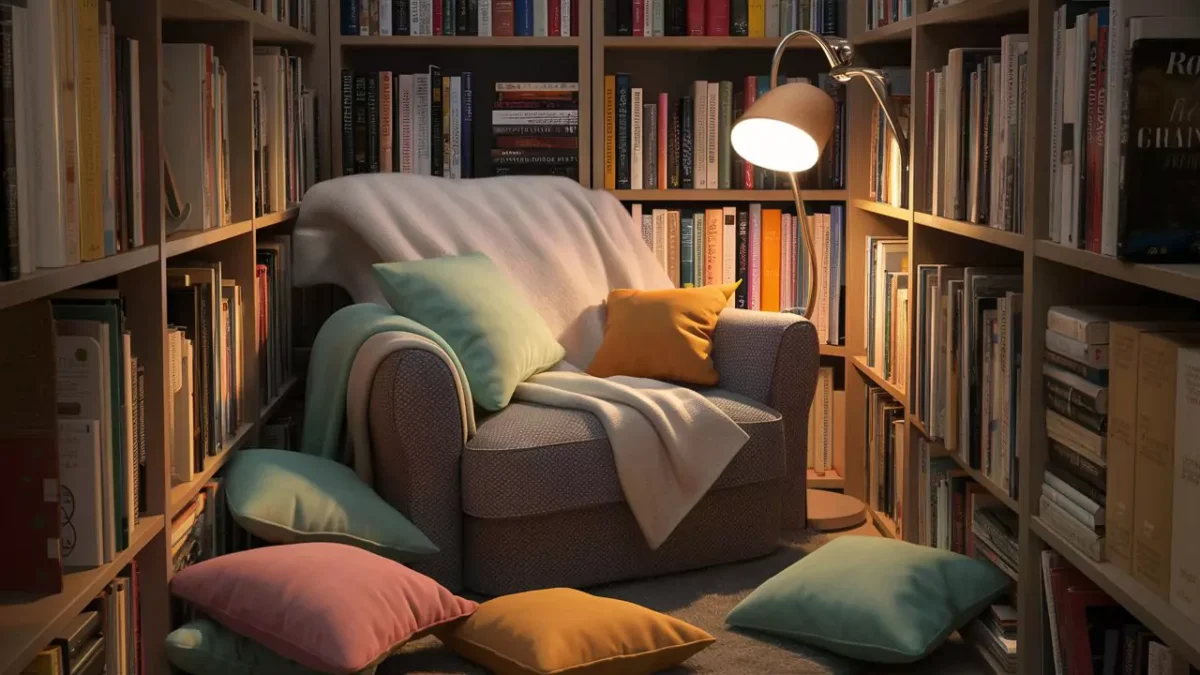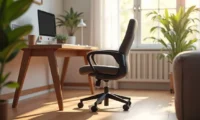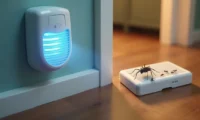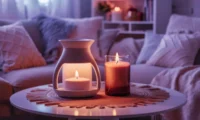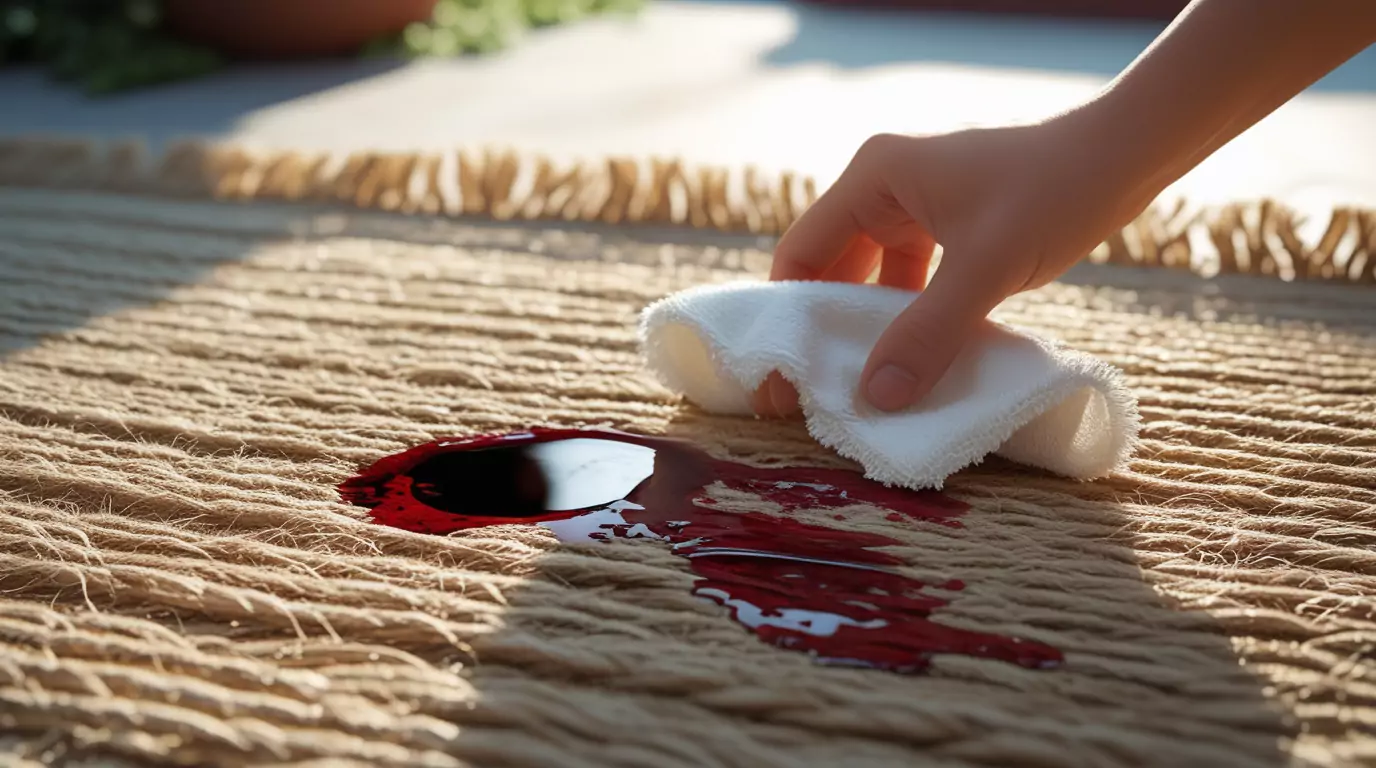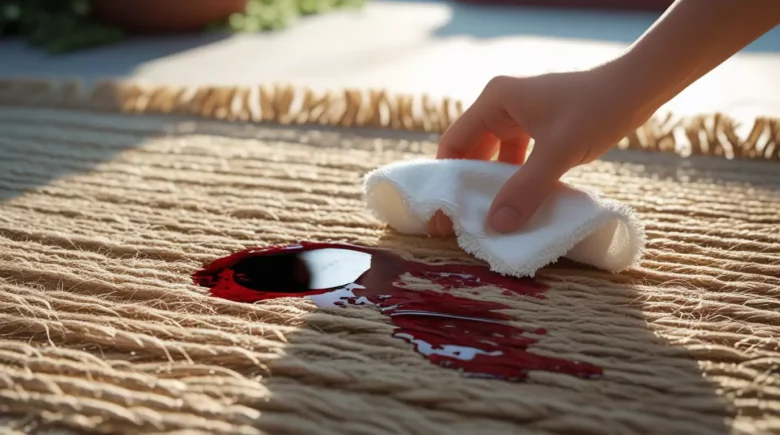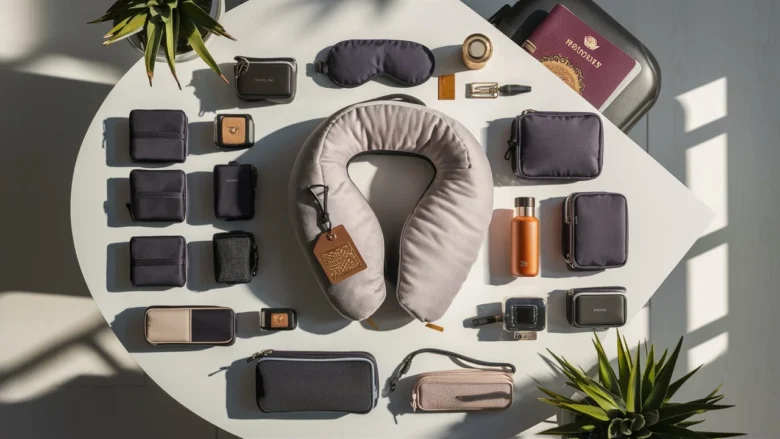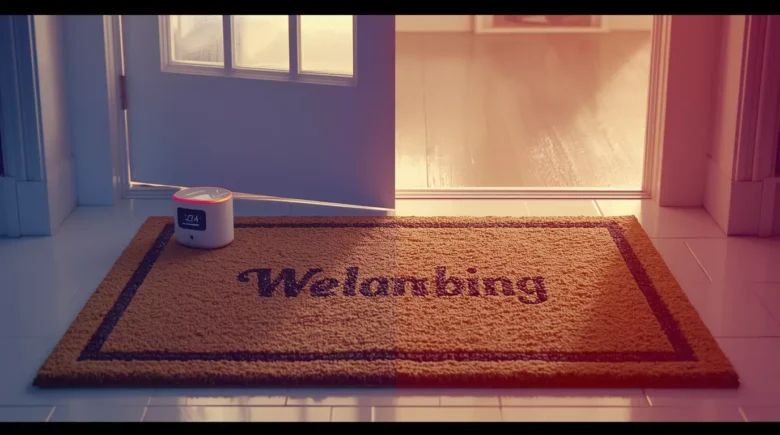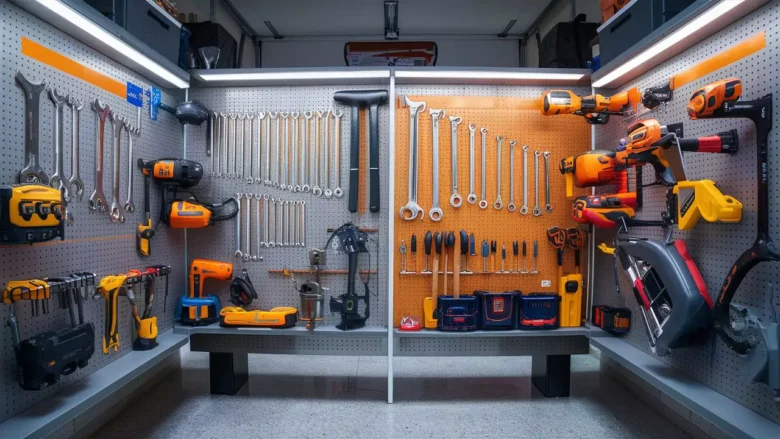You want a cozy reading spot but your living room barely fits your couch.
- Why Small Living Rooms Are Actually Perfect for Reading Nooks
- Essential Elements for Your Small Living Room Reading Nook
- Lighting That Won’t Strain Your Eyes
- Seating Options That Fit Tiny Spaces
- 💖 You Might Also Like
- Step-by-Step Guide: Creating Your Reading Nook
- Step 1: Find Your Perfect Spot
- Step 2: Measure Everything Twice
- Step 3: Choose Your Seating
- Step 4: Add Perfect Lighting
- Step 5: Create Smart Storage
- Budget-Friendly Reading Nook Ideas
- Common Reading Nook Mistakes (And How to Avoid Them)
- ✨ More Stories for You
- Reading Nook Design Ideas for Different Living Room Styles
- Modern Minimalist Reading Nooks
- Bohemian Cozy Reading Corners
- Traditional Reading Nook Setup
- How to Make Your Reading Nook Work Year-Round
- Storage Solutions That Don’t Take Up Floor Space
- 🌟 Don't Miss These Posts
- Frequently Asked Questions
- How much space do I need for a reading nook?
- What’s the best lighting for reading?
- Can I create a reading nook without permanent changes?
- How do I keep my reading nook organized?
- What if my living room is too small for any nook?
- Should I use a bookshelf or floating shelves?
- Making the Most of Your Small Living Room Reading Nook
- Final Thoughts
I get it.
Most people think they need a mansion to have a reading nook.
They’re wrong.
I’ve helped dozens of friends transform their tiny spaces into book havens.
Here’s exactly how you do it without breaking the bank or moving out.
Why Small Living Rooms Are Actually Perfect for Reading Nooks
Your small space is not a limitation.
It’s an advantage.
Think about it – the coziest reading spots are always tucked away corners.
Not wide open spaces.
My friend Sarah created the most incredible reading corner in her 300 square foot studio.
She gets more reading done there than I do in my entire house.
Essential Elements for Your Small Living Room Reading Nook
Every great reading nook needs these three things:
Good lighting Comfortable seating Storage for books
That’s it.
Don’t overcomplicate this.
Lighting That Won’t Strain Your Eyes
Natural light wins every time.
Park your reading spot near a window if possible.
For evening reading, you need:
- A table lamp with warm white bulbs
- Floor lamps that point down at your book
- Wall-mounted reading lights to save floor space
Skip overhead lights.
They create shadows on your pages.
Seating Options That Fit Tiny Spaces
You don’t need a massive armchair.
Here are space-saving options that actually work:
Floor cushions with back support Perfect for corners and can stack away
Small accent chair Look for ones under 30 inches wide
Window bench with cushions Doubles as storage underneath
Bean bag chairs The good ones, not the college dorm specials
I spent $200 on a quality reading chair.
Best investment I made for my book habit.
💖 You Might Also Like
Step-by-Step Guide: Creating Your Reading Nook
Step 1: Find Your Perfect Spot
Walk around your living room.
Look for these golden opportunities:
- Corner spaces nobody uses
- Bay windows begging for cushions
- Awkward nooks beside furniture
- Under staircases if you have them
Mark three potential spots.
Test each one by sitting there for 10 minutes.
Your back will tell you which one works.
Step 2: Measure Everything Twice
Grab a tape measure.
Write down:
- Width of your chosen space
- Height from floor to ceiling
- Distance from walls to existing furniture
This prevents expensive mistakes.
Trust me on this one.
Step 3: Choose Your Seating
Based on your measurements, pick one:
For spaces 3 feet or wider: Go with a small armchair or reading chair
For spaces 2-3 feet wide: Floor cushions or a small stool with cushions
For window areas: Built-in bench or window seat cushions
Step 4: Add Perfect Lighting
Install your lighting before you arrange furniture.
For corners: Floor lamp that curves over your reading spot
For window seats: Wall-mounted swing-arm lamp
For tight spaces: Clip-on book lights or small table lamps
Test the light by reading actual pages.
Not just turning it on and assuming it works.
Step 5: Create Smart Storage
Books multiply faster than rabbits.
Plan for this.
Floating shelves above your seat Storage ottoman that doubles as a footrest Basket beside your chair for current reads Wall-mounted magazine racks
Keep your most-read books within arm’s reach.
Everything else can live further away.
Budget-Friendly Reading Nook Ideas
You don’t need to spend thousands.
Here’s how I’d do it for under $300:
$50 – Floor cushions and throw pillows
$100 – Small side table
$75 – Table lamp
$50 – Floating shelves
$25 – Storage basket
Total: $300
That’s less than most people spend on coffee in three months.
Common Reading Nook Mistakes (And How to Avoid Them)
Mistake 1: Making it too dark
Your nook should be the brightest spot in the room.
Not a cave.
Mistake 2: Uncomfortable seating
If you can’t sit there for 2 hours, it’s wrong.
Period.
Mistake 3: No side table
Where will you put your coffee?
Your phone?
Your snacks?
Always include a small side table.
Mistake 4: Forgetting about temperature
Reading nooks by windows can be hot in summer, cold in winter.
Plan for this.
✨ More Stories for You
Reading Nook Design Ideas for Different Living Room Styles
Modern Minimalist Reading Nooks
Keep it clean.
White or gray cushions.
Simple floating shelves.
One perfect lamp.
Bohemian Cozy Reading Corners
Layer different textures.
Mix patterns on your cushions.
Add plants.
Use warm, golden lighting.
Traditional Reading Nook Setup
Rich colors like deep blues or greens.
Classic reading chair if space allows.
Wooden shelves and side tables.
Table lamps with fabric shades.
How to Make Your Reading Nook Work Year-Round
Summer setup: Light, breathable fabrics. Fan nearby if no AC. Iced drinks within reach.
Winter setup: Soft blankets everywhere. Warm lighting. Hot drinks and snacks close by.
Spring/Fall setup: Medium-weight throws. Adjustable lighting for changing daylight.
Switch out accessories with seasons.
Don’t redesign the whole thing.
Storage Solutions That Don’t Take Up Floor Space
Floor space is precious in small living rooms.
Go vertical:
Wall-mounted shelves in a ladder pattern Hanging book organizers Over-door storage racks Ceiling-mounted book swings
Think like you’re living in a tiny house.
Every inch matters.
🌟 Don't Miss These Posts
Frequently Asked Questions
How much space do I need for a reading nook?
You need at least 3 feet by 3 feet.
That’s enough for a chair and small side table.
But even a 2-foot wide corner can work with floor cushions.
What’s the best lighting for reading?
Natural light during the day.
For artificial light, use 2700K-3000K LED bulbs.
They’re warm and easy on your eyes.
Position the light to come from behind or beside you, not in front.
Can I create a reading nook without permanent changes?
Absolutely.
Use furniture you can move.
Floor lamps instead of wall-mounted lights.
Temporary shelving units.
Removable wall decals instead of paint.
Perfect for renters.
How do I keep my reading nook organized?
Have a home for everything.
Books go on shelves or in baskets.
Reading glasses have a designated spot.
Bookmarks live in a small dish.
Clean up after each reading session.
Takes 30 seconds.
What if my living room is too small for any nook?
Get creative with dual-purpose furniture.
Ottoman that opens for book storage.
Side table that’s actually a small bookshelf.
Curtains to section off part of your couch area.
Even a designated corner of your couch can become your reading spot.
Should I use a bookshelf or floating shelves?
Floating shelves for very small spaces.
They take up less visual room.
Bookshelves work better if you have 100+ books.
Choose based on your collection size, not just space.
Making the Most of Your Small Living Room Reading Nook
Your reading nook should feel separate from the rest of your living room.
Even in a tiny space.
Use these tricks:
Different lighting than the main room
Distinct color scheme for your nook area
Physical barriers like a small room divider or tall plant
Different textures that signal “this is reading time”
I put a small rug under my reading chair.
It creates a boundary without walls.
Final Thoughts
Creating a reading nook in your small living room isn’t about having more space.
It’s about using the space you have better.
Start with one corner.
One chair.
One good lamp.
Add books.
That’s your reading nook.
Everything else is just decoration.
The goal is more reading, not more stuff.
Pick a corner this weekend.
Put a chair there.
Start reading.
You’ll be amazed how quickly that corner becomes your favorite spot in the house.
And that’s how you create a reading nook in a small living room – one page at a time.


